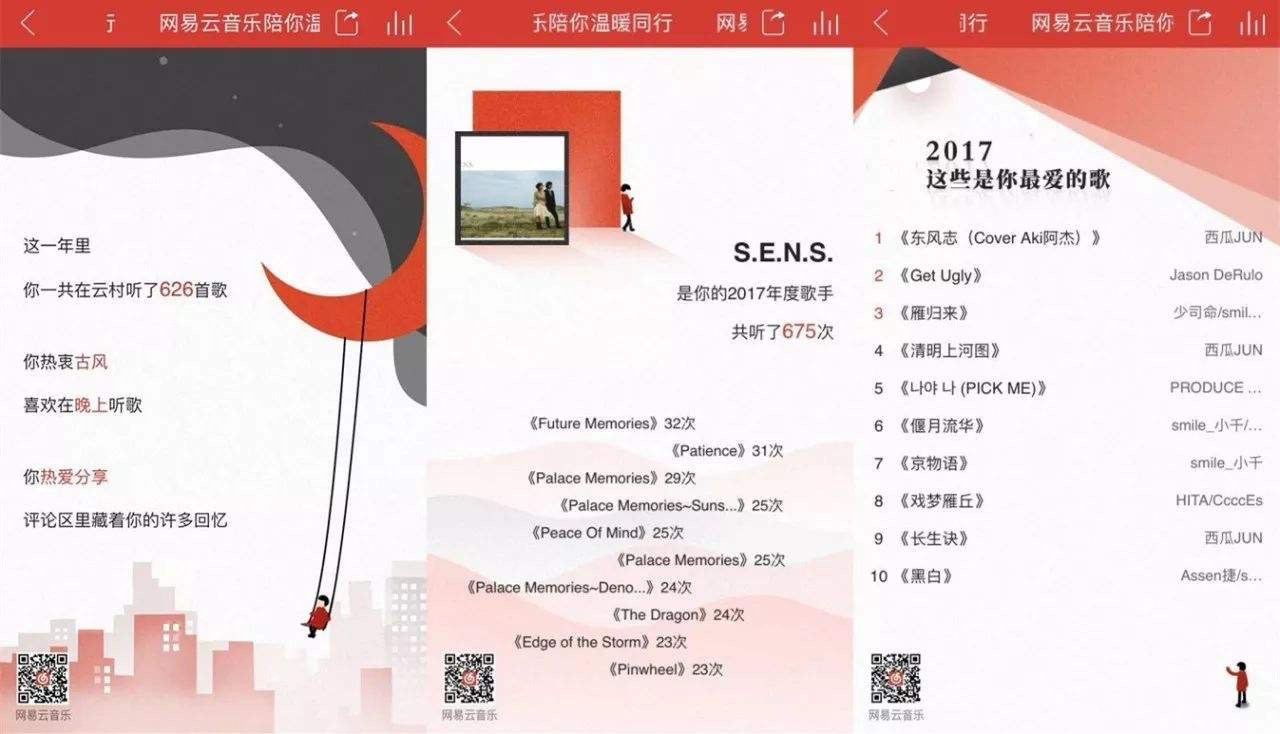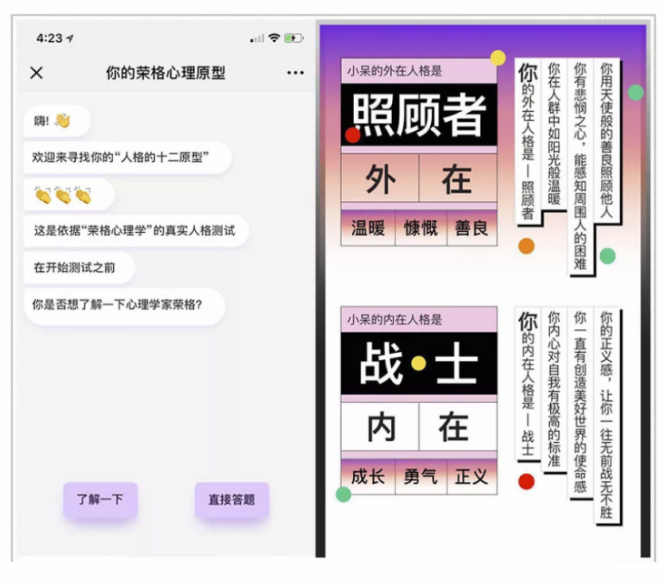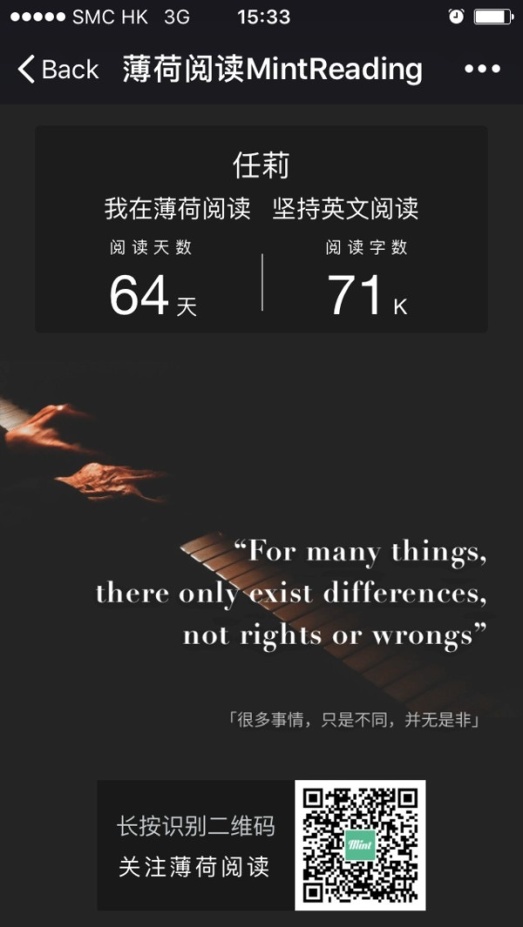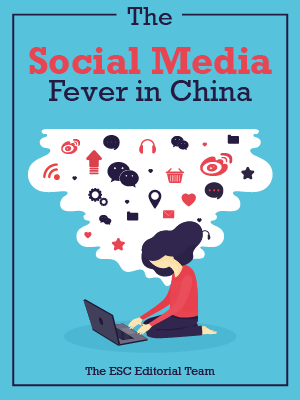Ecommercestrategychina.com uses cookies and other technologies to provide you a better browsing experience. You can get more information regarding the use of cookies, or decline it whenever by clicking Privacy Policy. By using this site or clicking “Okay”, you give us the consent to the use of cookies.
OKAY
With more than a billion Chinese people using it for both their personal and professional lives, WeChat is undoubtedly the most popular and useful mobile app in China. Such an enormous amount of traffic has attracted both small companies and big brands to utilise WeChat to promote their business. Nevertheless, in addition to a comprehensive understanding of the entire WeChat environment - how the various features work and how to fully exploit them - it is also necessary to develop more intelligent, multiple promotional tactics to engage with fans and customers.
1. Get reward for collecting “Likes”
“Likes” is a common and easy promotional activity on WeChat, which enables users to share a link or poster to their Moments and request a certain number of “Likes” from their contacts. Users need to send a screenshot of the shared page (often via the official accounts) and wait for approval before receiving the rewards. This could be helpful digital material for specific occupations or real gifts.
It is estimated that an activity that requires each user to collect 50 “Likes” for a gift can increase new followers by 6-7. This approach also applies to a newly-opened physical shop that wants to increase customer traffic on the opening day by requiring winners to redeem the prizes at the shop.
2. Get rewards by inviting friends to follow the official account
This principle does not work any different from the previous one. Both attract users with prizes. The benefit is that you get a lot of followers in a short time, but sponsors should be careful with the threshold: if the task is too difficult (determined by the number they need to invite, preferably between 10 and 30), the participation decreases.
3. Sell from users’ social network
This essentially resembles a distribution behaviour, and many online course providers and pay-for-knowledge apps in China have started to adopt this strategy. For example, they allow users to get a link for a course they have purchased and share it with friends, and each transaction made via the link brings them returns. These companies also cooperated with different KOLs who have considerable following on social media to promote their courses in the same way.
This is not only effective in the Internet education industry. Luckin, a rising Chinese coffee start-up, initially reached a wide range of consumers by giving its customers a free cup of coffee when a new user downloaded the app and placed an order via their shared links.
4. Personalised unique reports
An annual report from NetEase Cloud Music went viral on WeChat Moment in January 2019. It seems to know you very well, from your favourite songs and singers to the times you spend on listening to them. It even matches you with someone who has the same taste in music, and you can chat interactively. The fun and creative H5(html5)-oriented pages not only function as a fun campaign but also increase public awareness of the brands. Many other variants are becoming more and more “personalised”. For example, users enter their name or take a test and then receive a report about their characters. This type of game was not heavily branded, but it gives the user a better visual experience. It should be noted that the goal of these campaigns is to get users to share and create organic leads and traffic. Creativity is always an essential element.


5. “Daka”
Many language-learning apps in China encourage users to share their progress on social media after completing the assigned tasks, such as learning the vocabulary and reading articles. A poster with the number of words read on that day and the other days that you have read is automatically generated and shared on social media with a keystroke (see picture). By doing this, users can either get access to all the course materials or receive cash prizes. By highlighting the progress online, learners can be better motivated. By using the social network of users, educational apps have the benefit of being advertised free of charge whenever someone participates in it.

6. Card collection campaign
Simply put, users collect cards by completing tasks to get a chance for a lucky draw. The most successful case is Alipay’s Lunar New Year campaign. It allows users to collect virtual red envelopes by scanning the Chinese character fu, which symbolises fortune and luck in Chinese, and split the total prize of 500 million yuan to all those who have collected five “fu”. It helps big companies to gain more exposure and brand reputation, especially on special occasions,.
7. Group-buying activity
Group-buying, which is nothing new in the Chinese market, has been a growing trend in e-commerce in recent years. A good way to understand the effect of group-buying on conversions is to look at Pinduoduo, an e-commerce start-up that allows users to buy at a lower price by inviting their contacts through social network platforms to form a shopping team. This method is suitable for e-commerce and e-learning companies. Another similar promotional campaign works like an “online bargain”: as long as participants have invited a sufficient number of users to help them get a bargain, they can purchase the product for free or at a discounted price. The price discounts and free samples have proven fruitful, encouraging customers to try new products and increase product visibility.
Although WeChat offers tremendous potential for brands to drive traffic and sales and build brand awareness, the essence of a compelling and attractive campaign is to combine the app’s unique features with an optimal advertising concept, whether it be creating loyalty programmes or offering prize incentives. Incorporating these strategies into your WeChat campaign in 2019 will help you capture users with interesting innovation and gain further success in the Chinese market.
Please Login to add comments.

$9.99 $19.98

$9.99 $19.98